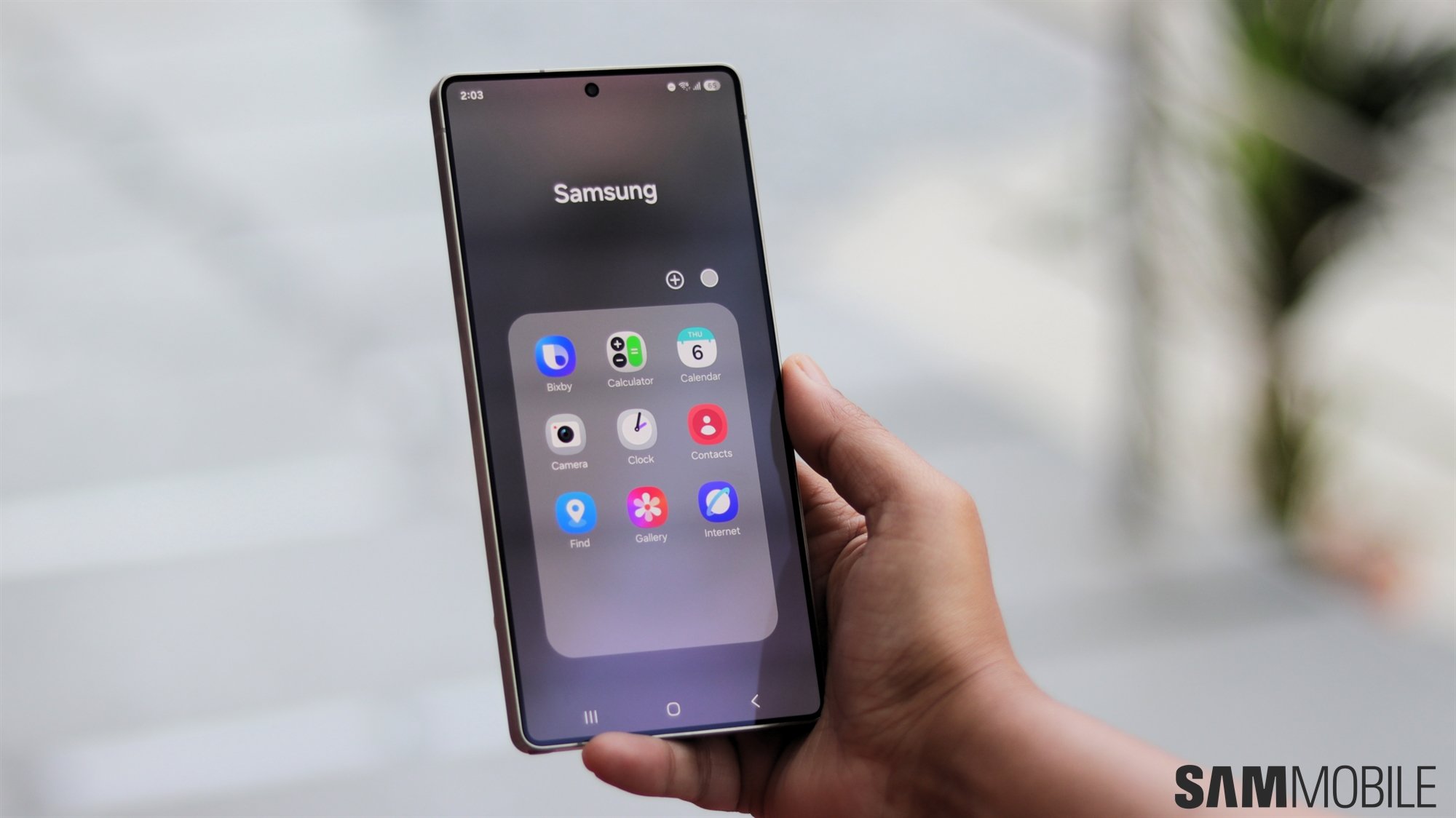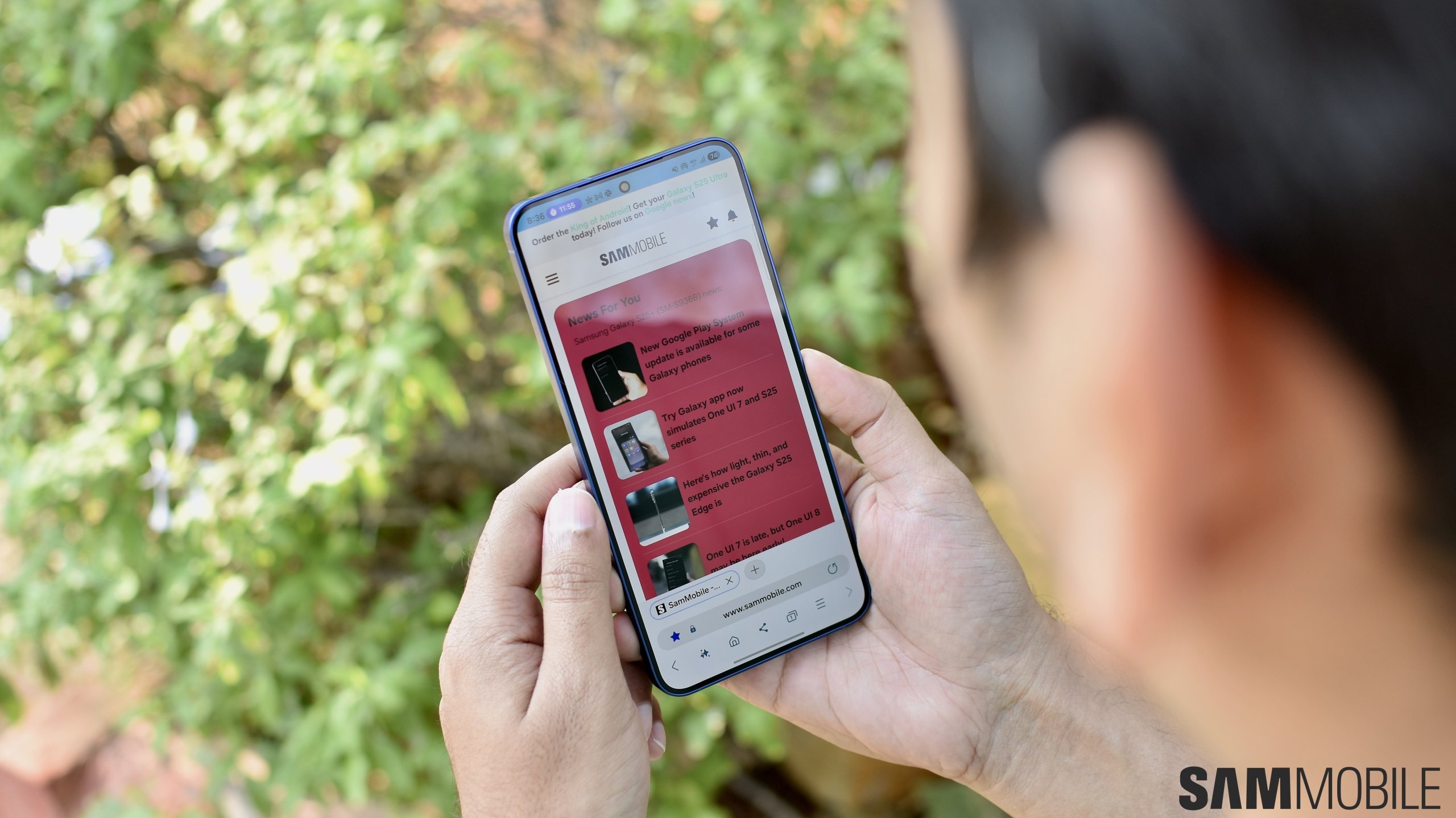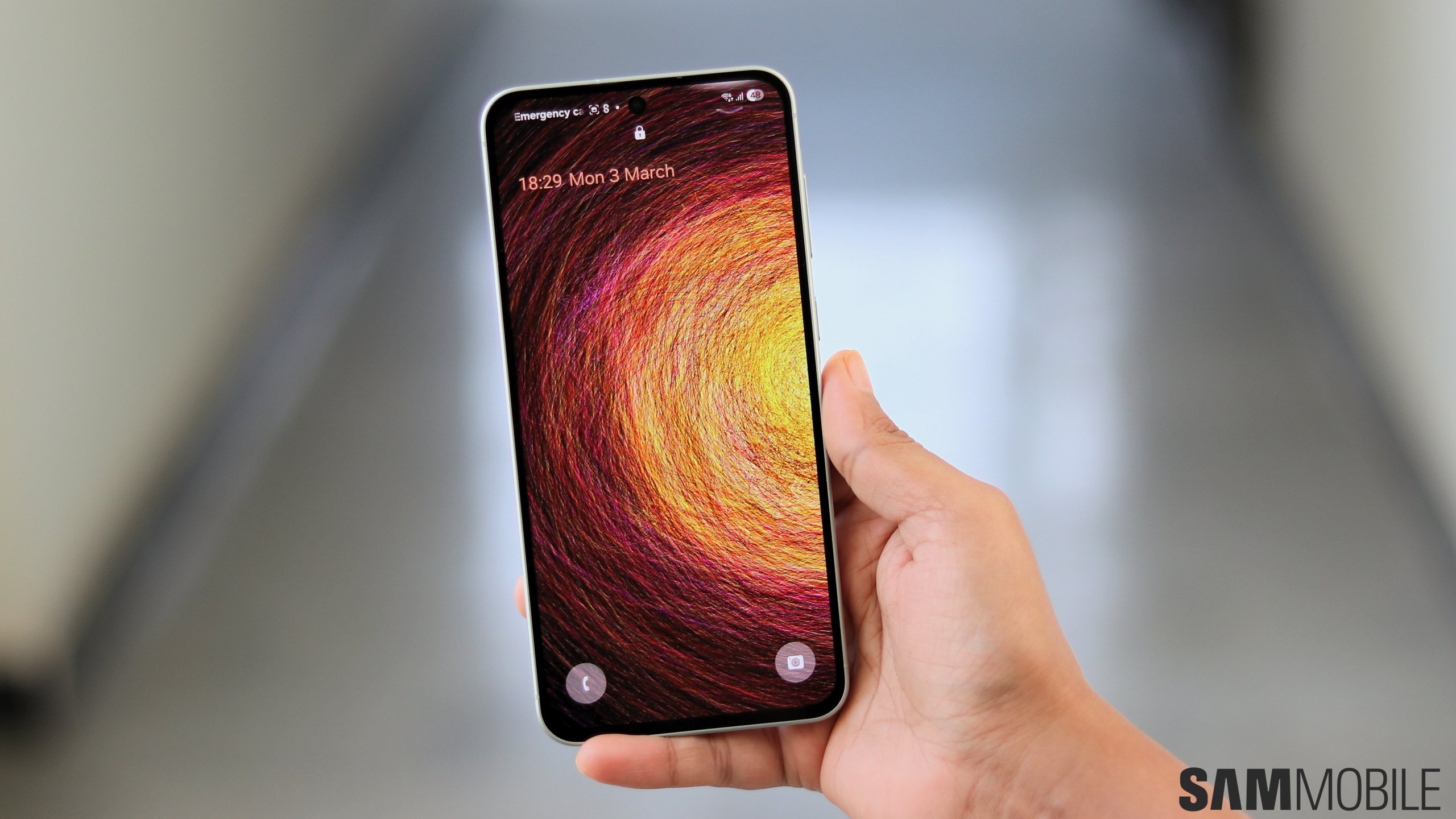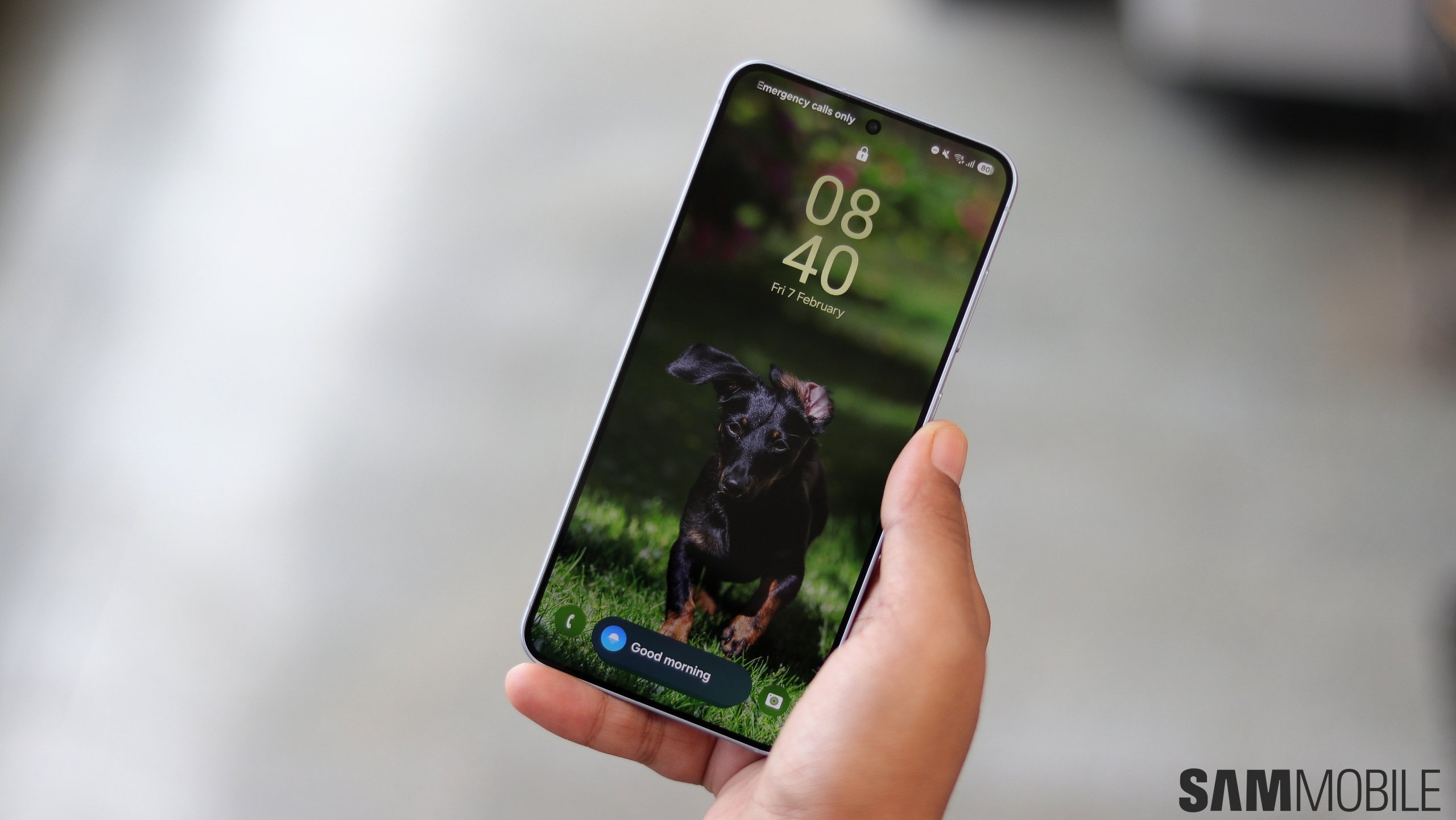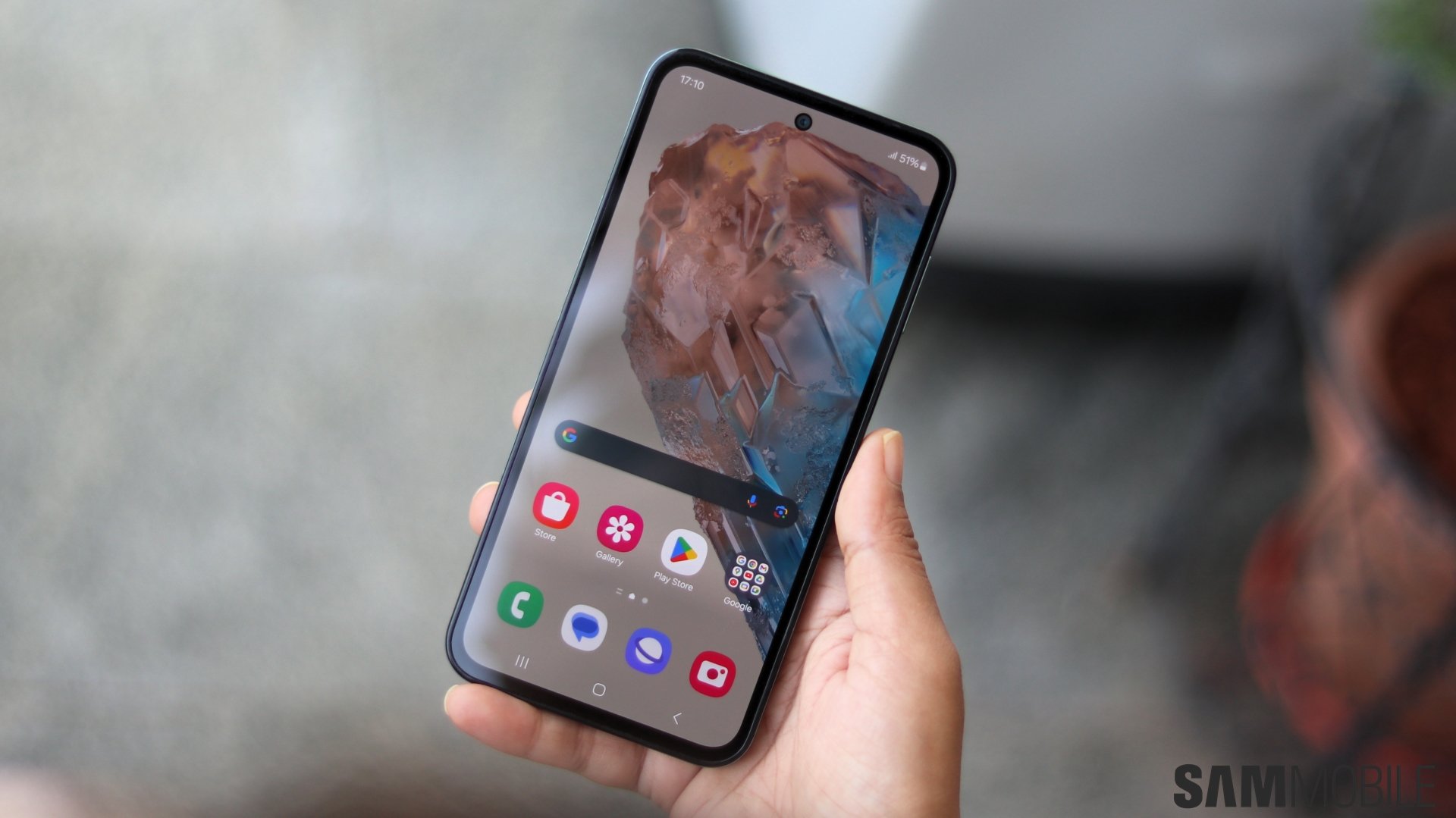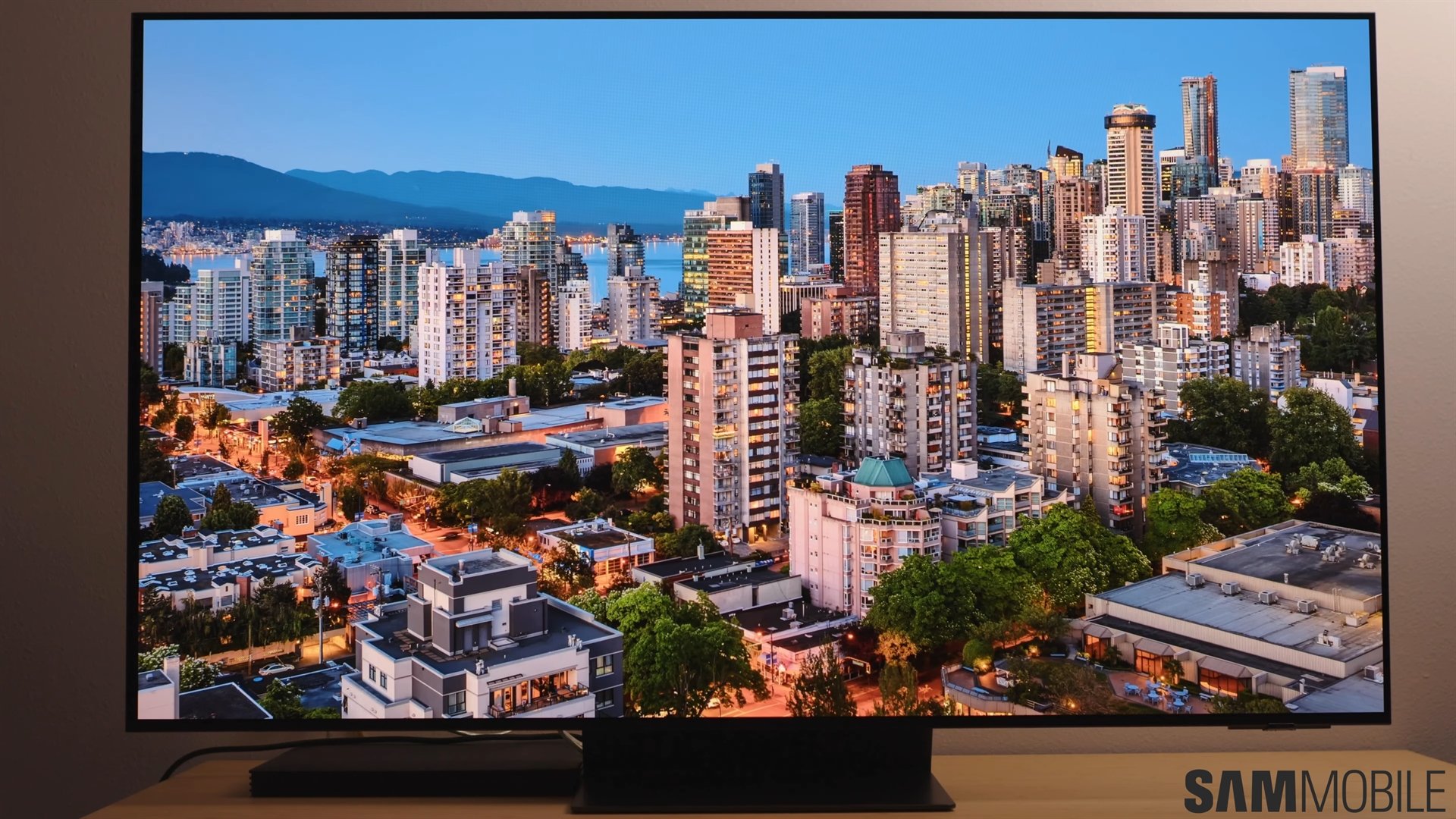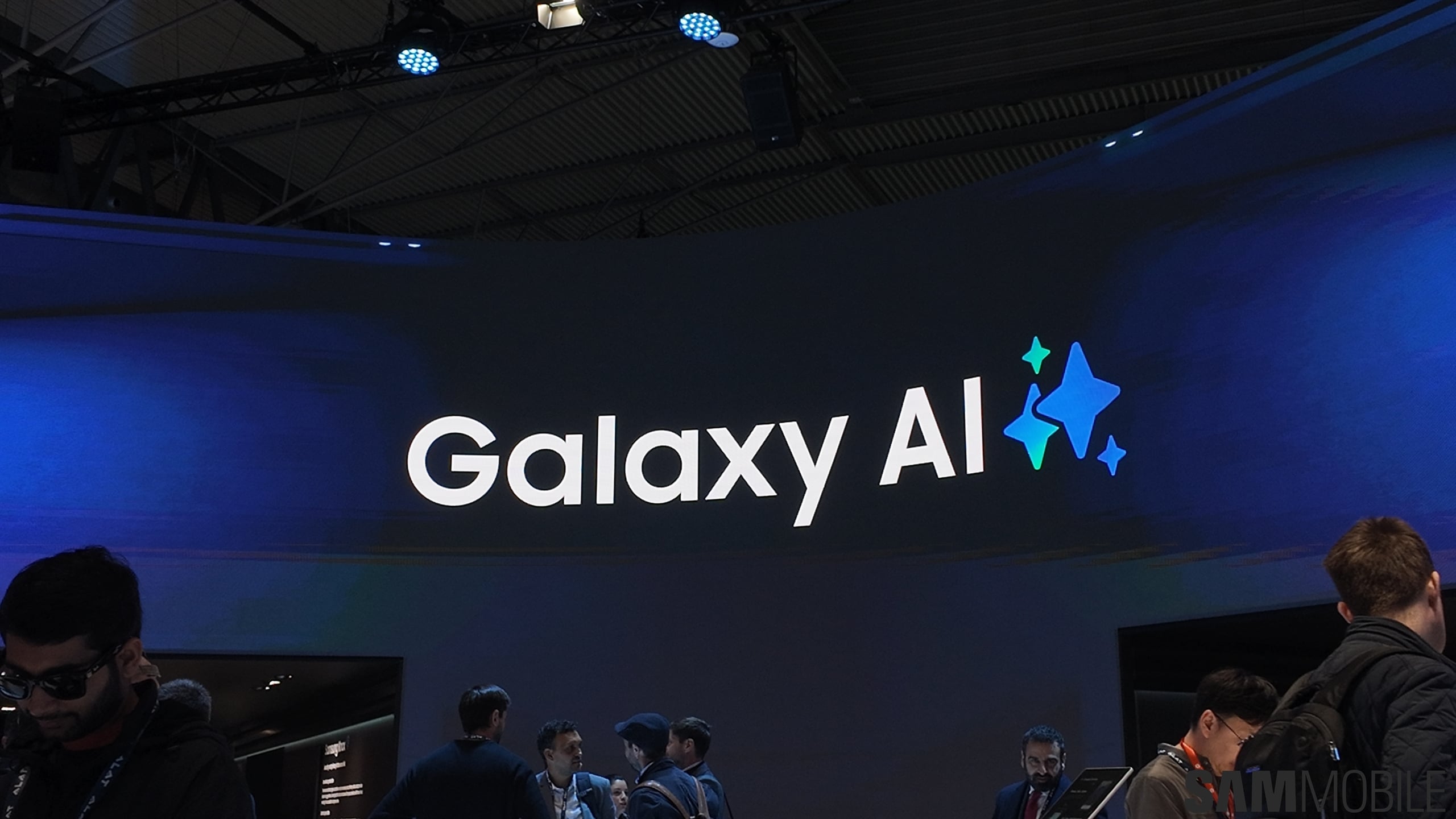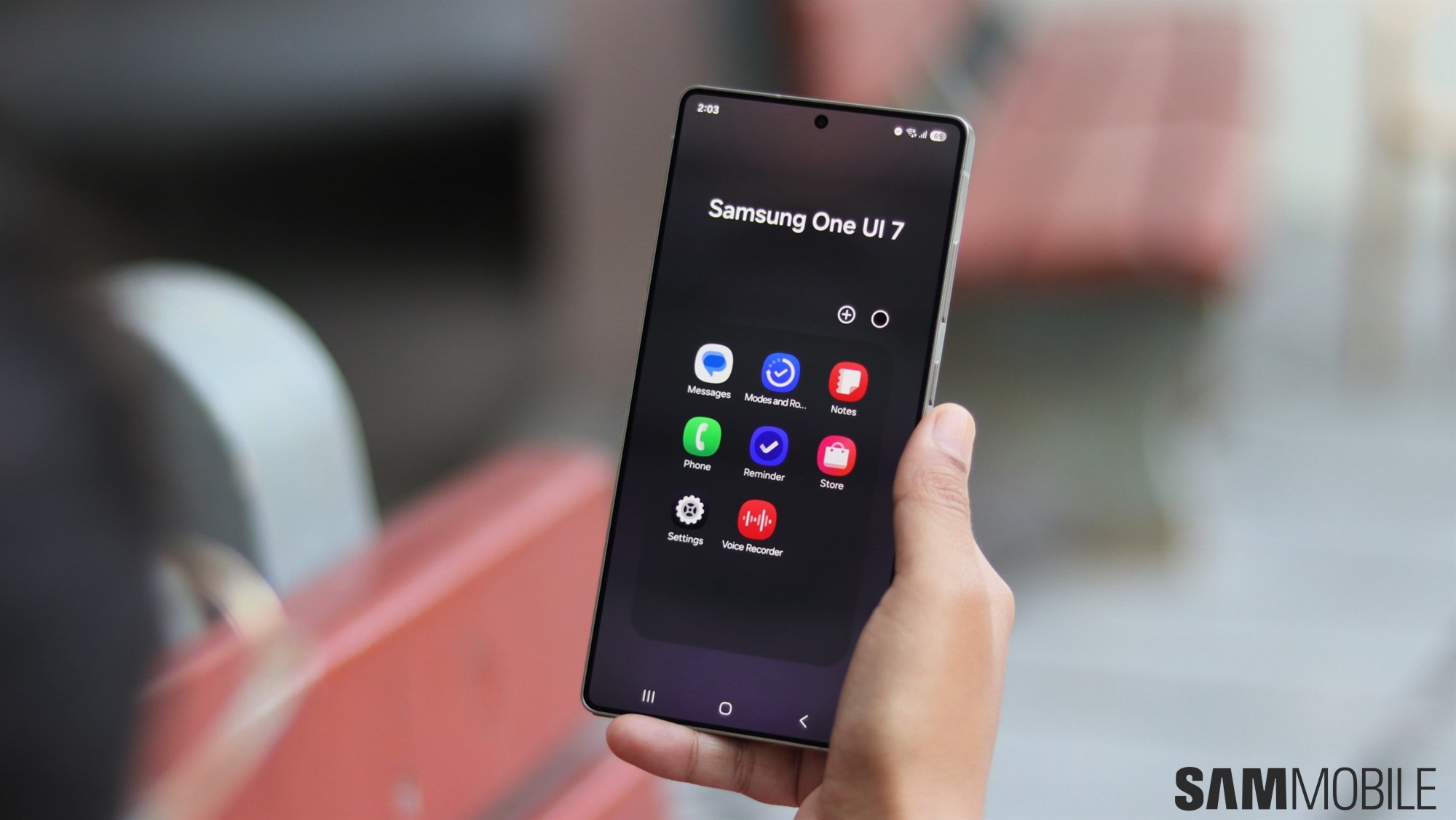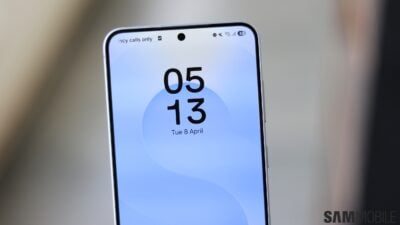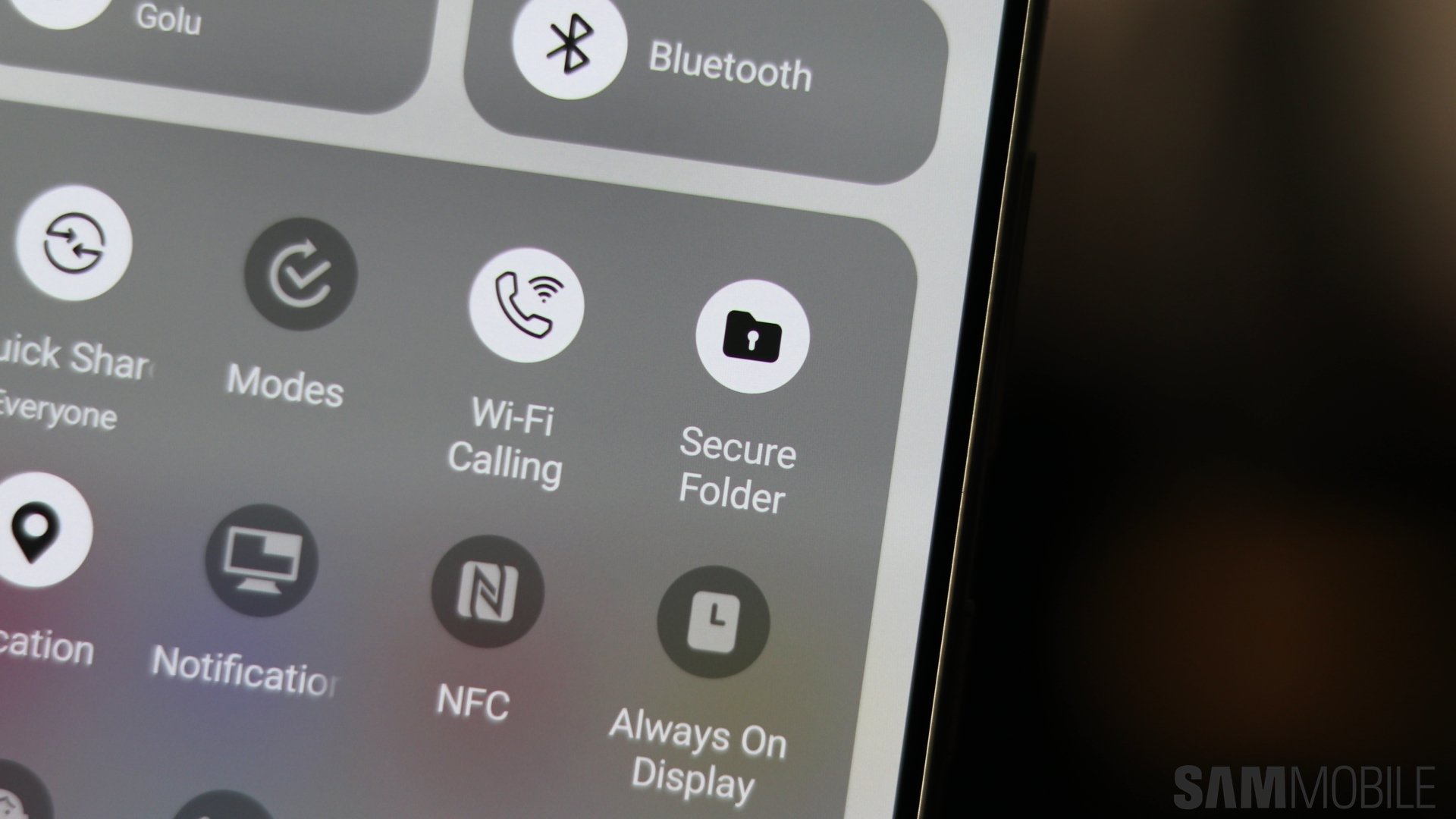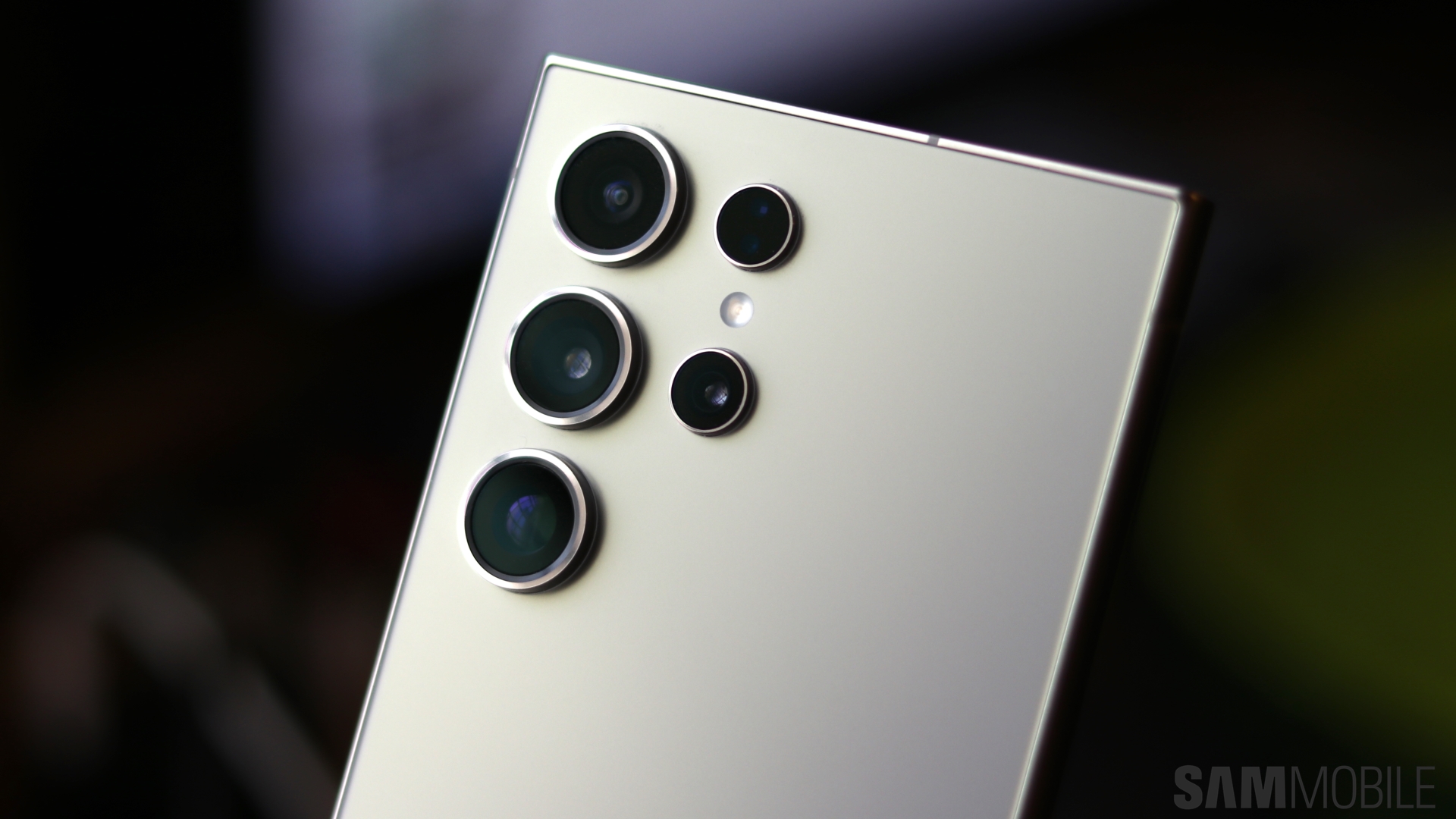
Samsung wants you to buy the foldable phones for their form factor and the unique benefits the form factor provides. For those who just want to take the best photos and videos possible, there's the Ultra.
Samsung has brought some of its biggest camera upgrades to the Ultra phones over the past few years, including 100x Space Zoom. Beyond that, the Galaxy S series has introduced many camera innovations over its illustrious history, such as Dual Pixel autofocus on the Galaxy S7. Time and again, the company has shown us through these innovations that it's a pioneer in the smartphone industry, setting standards for everyone else to catch up to.
Samsung's once bold approach to camera innovations has given way to less exciting updates
However, it seems that Samsung's focus on pushing the envelope on camera technology has stagnated. Meanwhile, its major competitor Apple and Chinese rivals like Oppo and Vivo have made bold bets that make their Android flagships stand out from Samsung's Galaxy S series. Their embrace of the bold innovation that Samsung once personified presents a significant risk to the company.
Samsung's once bold approach to camera innovations has given way to less exciting updates. For example, the Galaxy S24 Ultra's camera setup is largely similar to the Galaxy S23 Ultra. The biggest hardware change made to the flagship this year was switching the 10x optical telephoto zoom lens to a 5x lens. There were some software improvements, sharpening was toned, but the longstanding issue with handling exposure for light sources remains.
While the Ultra was among the first phones to bring a 200MP sensor to market, relying on it to continue doing the heavy lifting for the entire camera package a few years down the line isn't good enough. It may have been a unique selling point at first, but it no longer translates to real-world superiority in comparison to what other OEMs are offering.
Samsung's dominant position at the top of the Android food chain means that there will always be comparisons with its products. It doesn't look good if its devices end up measuring short. So while the Vivo X200 Pro might not be as widely available as Samsung's flagships, the fact that it's already been crowned by many as one of the best Android camera phones in 2024 should be cause for reflection.
The device's 85mm equivalent zoom capability, which is the focal length largely preferred by portrait photographers, along with gimbal stabilization for buttery smooth recordings, ZEISS T lens coating, and other camera enhancements aren't just talking points. They capture noticeably better images, with the bokeh effect in particular being one of the very best.
Oppo has leaned heavily into AI integrations for its camera features along with hardware innovations such as the triple prism periscope structure for its zoom lens. Apple and Google have utilized computational photography to great success on their phones, utilizing advanced processing to improve dynamic range and more accurately reflect skin tones in subjects. Google's Pixel series in particular has remained a gold standard for computational photography on smartphones.
The rivals are not just catching up but speeding past Samsung in camera innovation
What frustrates a lot of Samsung fans is that while bold camera hardware upgrades have slowed, some issues like oversaturation of colors, low-light struggles, and aggressive sharpening still persist. It's not just that Samsung's rivals are now leading the charge on camera innovation. There is also the fact that there appears to be no progression for the camera experience on Samsung's top-of-the-line flagship.
It's not that Samsung just forgot how to do all of this one fine day. Rather, it's representative of the strategy that the mobile division has executed for the past few years. A strategy where the desire to optimize without overextending has replaced bold bets. The company most definitely has the talent and resources to show everyone else how it's done, but that will require taking more risks than it has done in recent years.
Hype alone won't be enough to sell photography enthusiasts on the Galaxy S Ultra models down the line. Give them better hardware backed up with improved image processing and software. Don't lean into partnerships with camera companies like Zeiss or Hasselblad like Chinese OEMs if you detest the idea, even though it was rumored for the longest time that Samsung might team up with Olympus.
Perhaps Samsung feels that such partnerships would dilute its brand equity, but at the end of the day, do users really care about brand equity if they're getting a superior camera experience?
Transformative innovation in the camera space isn't just an opportunity for Samsung, it's now a necessity. Samsung has one of the most loyal fanbases of any phone maker. They want the company to succeed and remain utterly dominant. Yet, it risks alienating that constituency if they see the rivals consistently stepping up while Samsung stays the course.






